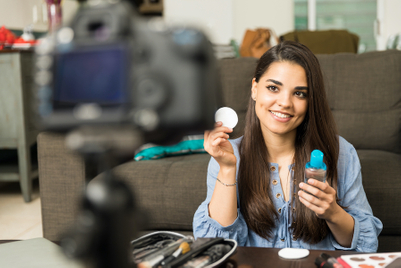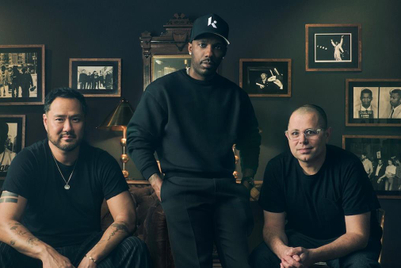
As of one of the region's oldest English-language daily newspapers, The Straits Times will turn 170 next year, and it’s venture into digital publishing is ongoing.
Early this year, the title launched a new app showcasing some of its digital and multimedia journalism. The Straits Times Star app (Star being an acronym for 'Straits Times Appreciates Readers') launched in June with the aim to increase the newspaper’s digital offering and reward premium subscribers. It features a monthly, interactive version of the paper’s lifestyle magazine, The Life, as well as e-books on special subjects.
Despite operating within a well-established brand, Derrick Ho, digital news editor at The Straits Times, describes working on the project as like being in a new company.
“It’s a new frontier for a 169-year-old-brand,” said Ho. “It’s almost like running a startup.”
Since the launch, Ho said that app has been downloaded over 43,000 times and The Life magazine was read on average around 7,000 times a month. Its most popular one-off digital magazine was ‘100 Top Bods’ which was downloaded over 14,000 times. For Ho, the app and its titles have not yet achieved the reach that they were hoping for.
“The Singapore market is still very new to the concept of e-magazines,” he said. “It wasn’t just us that needed an education, but readers and advertisers too. Getting advertisers on board has been a challenge. It’s the chicken and egg problem—if you don’t have the reach then advertisers are not so willing to come on board.”
The Straits Times had published several e-publications prior to launching the Star app, working with external developers. But the process had restricted the creative control that the company had over the project. Having opted to build the app and the digital magazines using Adobe Digital Publishing Suite, Ho said he was able to tap into the existing newsroom to create a team to develop the products in-house. Initially, getting people from a “very print-oriented” background to think more digitally was a huge challenge—but one that has been overcome.
“The editorial comes from the existing newsroom, then we have people from the art department and people with video and multimedia skills to help shape the products," he said. "We really broke out the silos for this one to work out the team. We have total creative control, and that means we can experiment however we want and changes can be made on the fly."
Like many startups, Ho sees the project as an "experiment in progress" and he believes that once the Star app becomes established and recognised as a brand in its own right, readers will make the transition. Among its existing readership, users are engaging with the app for an average of 10 minutes per session, and the interactivity of the magazines has proved highly engaging. Moving forward, the app is likely to see more interactivity and more video content. “Interactive is hard," Ho said. "But when it works, it’s so damn fun."
As far as advertisers go, Ho said they’re looking much more at sponsored and branded content.
“I think we are facing the same problems that some startups are facing," he said. "We feel we’ve got a great product but its not getting the reach we were hoping for. It’s an experiment in progress and we’re always trying new things.
“This app isn’t the only part of our digital efforts: We are pushing a lot more video, tweaking our content for digital and while we have those shorter reads, we’re also looking at longer-form journalism with video and visuals.
“We have been on this huge transition for a few years now, but more so than ever in the last couple of years, and there’s more to come in the year ahead.”


.jpg&h=334&w=500&q=100&v=20250320&c=1)

.jpg&h=334&w=500&q=100&v=20250320&c=1)
.jpg&h=334&w=500&q=100&v=20250320&c=1)

.jpeg&h=334&w=500&q=100&v=20250320&c=1)


.jpg&h=334&w=500&q=100&v=20250320&c=1)

+(1).jpg&h=268&w=401&q=100&v=20250320&c=1)


.png&h=268&w=401&q=100&v=20250320&c=1)
.jpg&h=268&w=401&q=100&v=20250320&c=1)
.jpg&h=268&w=401&q=100&v=20250320&c=1)

